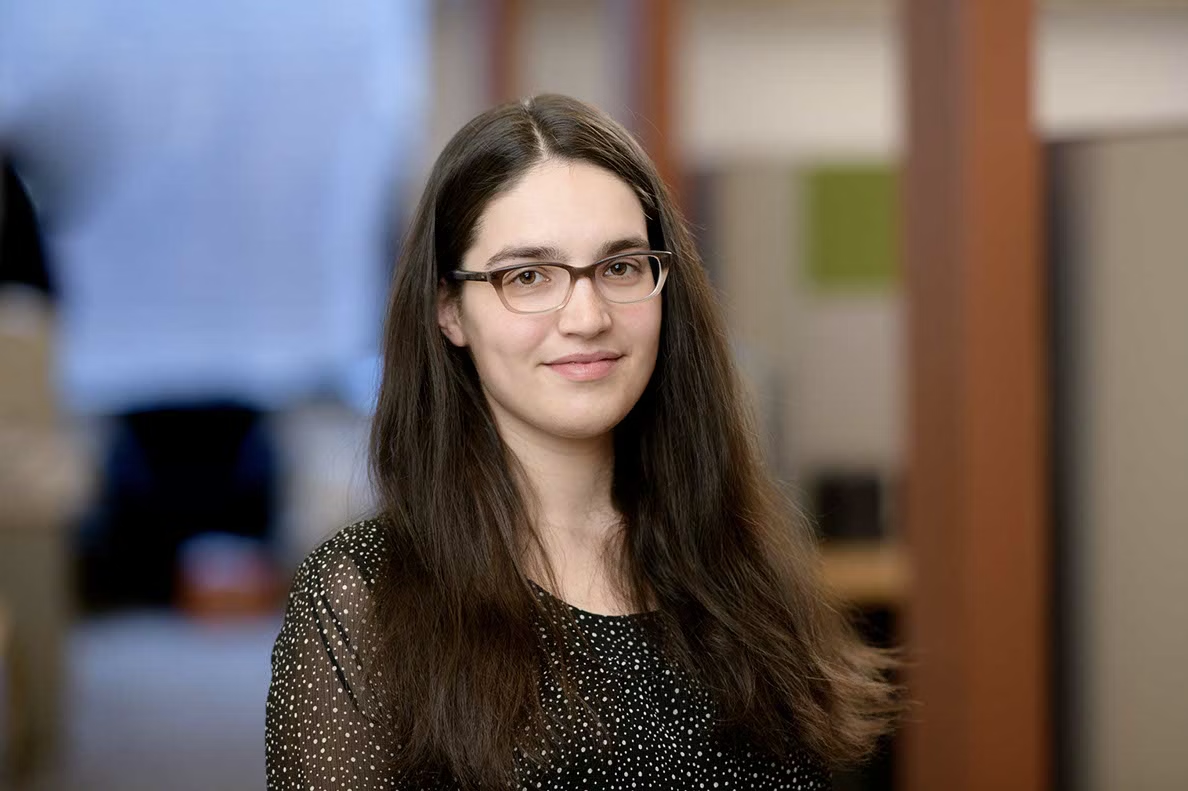A generative model of the first cell fate decision in mammalian development
Maria Avdeeva, Ph.D., Associate Research Scientist, Developmental Dynamics, CCB, Flatiron Institute, New York
The first cell fate bifurcation in mammalian development—the segregation of the trophectoderm (TE) and inner cell mass (ICM)—unfolds across asynchronous cell divisions, making its dynamics extremely challenging to reconstruct from fixed embryos. To overcome this, we developed a framework that combines quantitative live imaging of key regulatory proteins with a generative probabilistic model.
Our model fuses partial, pairwise observations of the transcriptional co-activator YAP with its targets, CDX2 (TE) and SOX2 (ICM), to reveal the joint dynamics of the complete regulatory network. This approach uncovered the time-dependent statistics of the cell fate allocation and allowed us to identify specific features of YAP's dynamic behavior necessary or sufficient for downstream gene induction. Notably, we uncovered significant temporal heterogeneity in SOX2 induction among ICM cells. Heterogeneities within the ICM have been linked to the initiation of the second cell fate decision in the embryo, so understanding the origins of this variability is crucial. Our approach reveals the dynamics of the first cell fate choice laying the groundwork for dissecting the next cell fate decisions in mouse development.
